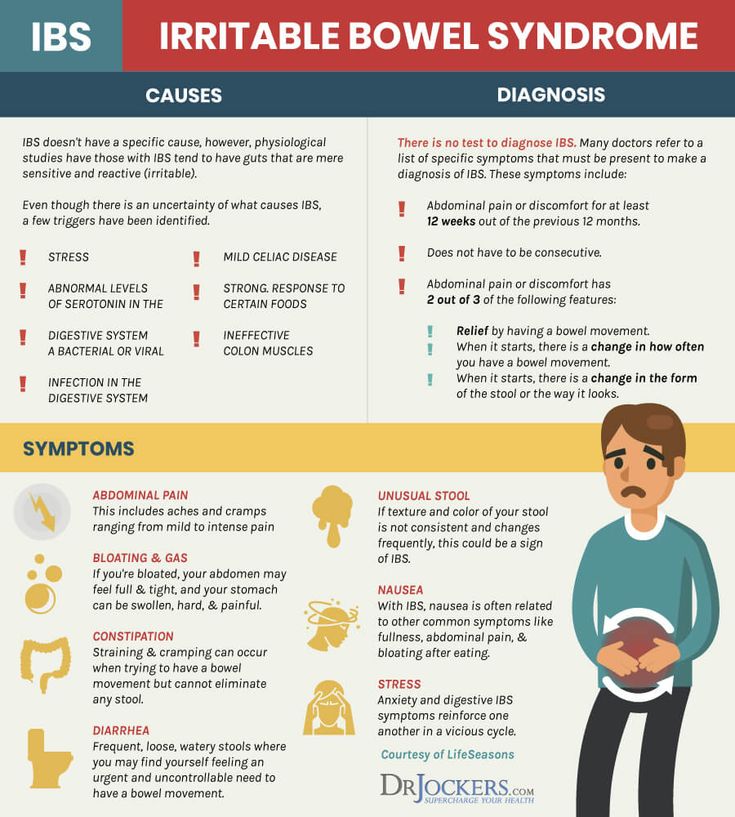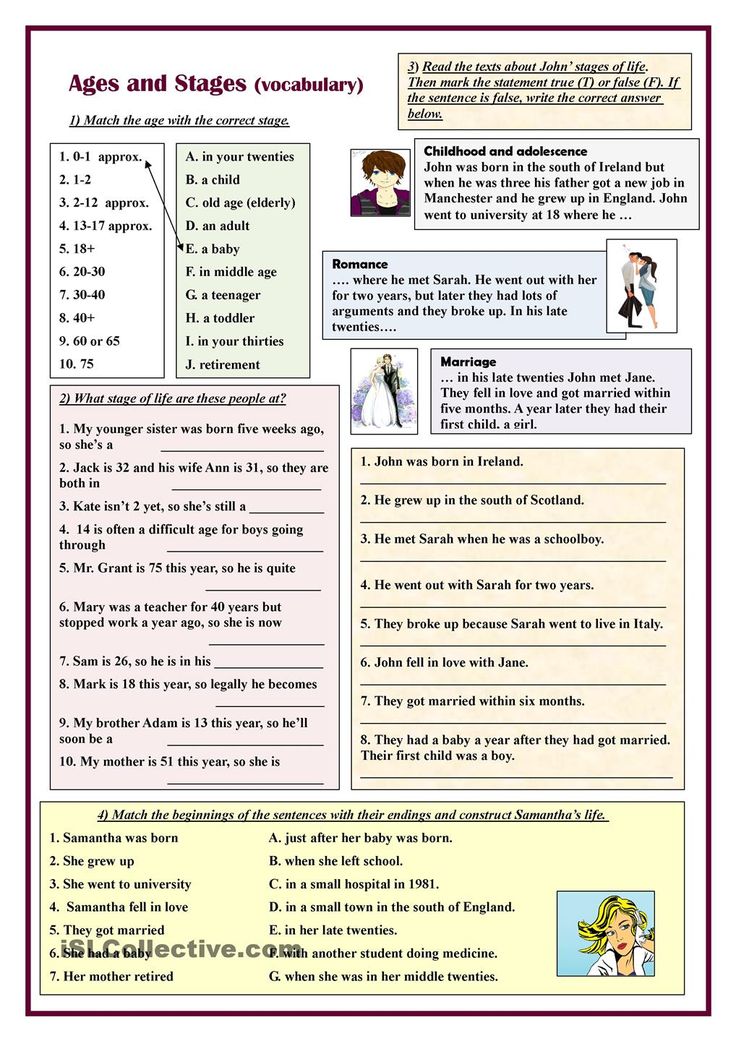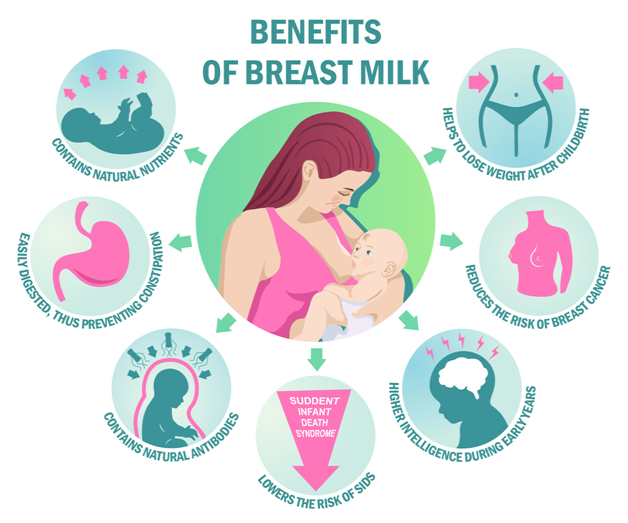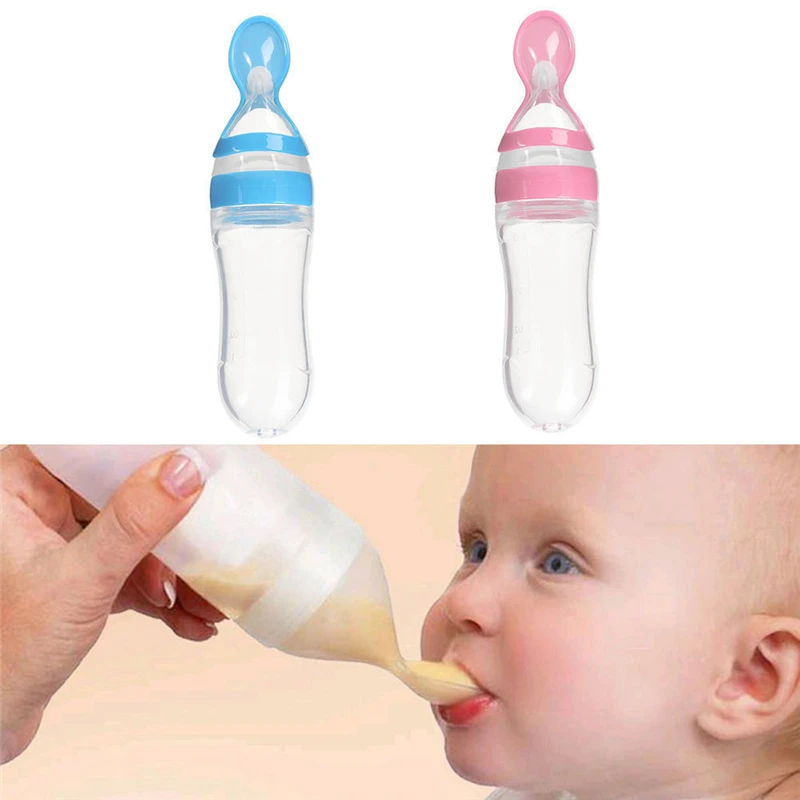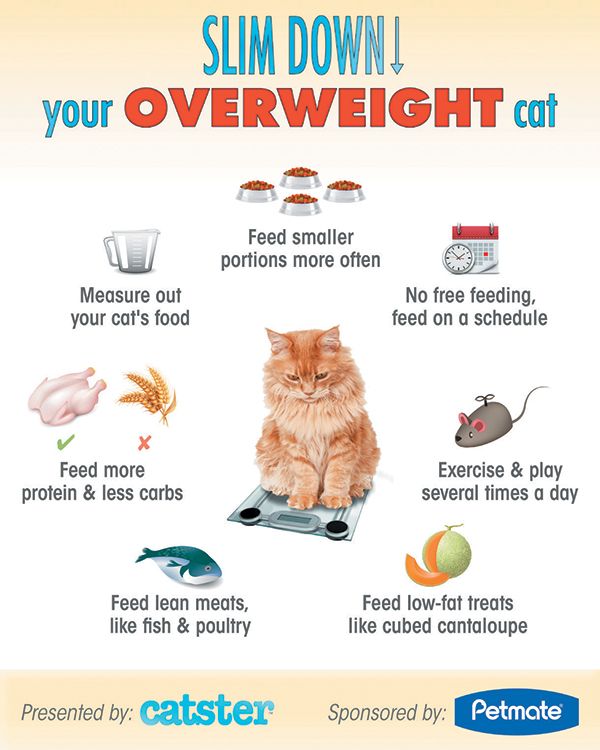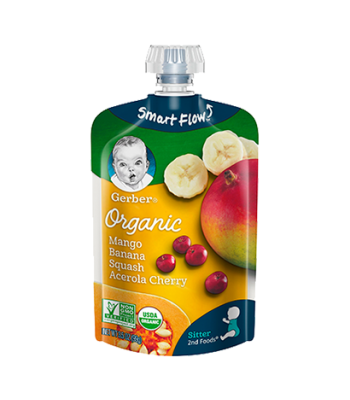Wild rabbit baby food
Caring For Orphan Baby Rabbits
Wild Baby Bunnies – Orphaned or Not?
Wild baby bunnies are most often not orphaned! Many people mean well when they contact HRS after discovering an “abandoned” nest of wild rabbits. Often they wish to “rehabilitate” them with some advice from others. The reality is fewer than 10% of orphaned rabbits survive a week, and the care that people attempt to provide can be illegal, unnecessary, and potentially harmful.
The best thing you can do is put the bunny right back where you found him, in the general area, as the mom will only come back at night to call and find him. Leave the area. If injured, please contact a wildlife rehabber or rabbit vet immediately! You can search Google for your state/country and wildlife rehabber. Also search your state + wild rabbit rehabbers. You can call your Humane Society for referral and also check here: http://www.owra.org/find-a-wildlife-rehabilitator If you find a baby with eyes open, and he appears healthy, leave him be.
I/My Dog/My Cat Found a Rabbit Nest! What Do I Do?
Rabbits hide their nests in plain view, often putting them in the open, sometimes in the middle of the lawn, as well as in brush piles and long grass. If you find a nest that has been disturbed, do all you can to restore and protect it. Do NOT bring it inside. If a dog has discovered the nest, keep your dog away from the area and reconstruct the nest with grasses. If need be, you can move the nest a few feet away where safer, even up to 5-6 feet away. A moved nest should always be covered with string in a tic tac toe pattern and monitored to be sure the mother found it and came back to the babies. She will scrabble away the surface area to feed her babies beneath her and then scrabble the earth, grass, leaves, back over the nest to hide it again so it’s pretty easy to see if the string has been disturbed and if the babies are warm.
Baby jackrabbits wait like this for momBabies should never be put back into a nest that has been flooded with water, has bugs/ants visibly crawling in and out, or if a baby has been killed and there is blood in the nest.
Use common sense. Baby bunnies who have fleas are compromised and should be immediately taken to a wildlife rehabber or humane society, rabbit vet.
Rabbit mothers nurse their babies for approximately 5 minutes a day. Both wild and domestic mothers will be in the nest early in the morning and then again in the evening. The milk is very rich and the babies “fill up” to capacity within minutes. Mother rabbits do not “sit” on the babies to keep them warm as do some mammals and birds. They build a nest with fur and grasses which helps to keep the babies warm in between feedings. For domestic/pet rabbits, do not force a mother rabbit to sit in the nest box. You can pick up the babies and see if they are feeding by checking the size of their stomachs (should not be sunken in), the pinkness of their skin and activity level (they should not be blue in color or sluggish in movement) and the amount of time that you hear them crying (baby bunnies should be quiet most of the day…. if they are crying constantly then they are not getting fed). If you come across a nest of wild bunnies, and the mother is nowhere to be seen, please DO NOT disturb them.
if they are crying constantly then they are not getting fed). If you come across a nest of wild bunnies, and the mother is nowhere to be seen, please DO NOT disturb them.
If your dog disturbs a nest, or you find a wild bunny with his eyes open, please put him back if not injured. Mom will be coming back at night to call and feed him only once in the middle of the night. Do not take the bunny inside or feed him! IT IS A MATTER OF HIS/HER SURVIVAL AND UP TO US AS HUMANS TO LEAVE NATURE BE AND LET THE MOM CARE FOR HER YOUNG. We often hear of mothers moving their babies and their nests, and have seen moms come back every night for up to a week to look for her missing baby. Do not take the baby from the mom or she will be frantic. Many call or write saying, “… but it is raining, etc., ” but remember, these are wild bunnies and belong out there.
I/My Dog/My Cat Destroyed a Wild Rabbit Nest! What Do I Do?
Remake the nest as best you can with grasses, hay, straw in the same place. Nests can be moved to a safer place up to 10′ away from the original site and can be reconstructed if necessary. To make a new nest, dig a shallow hole about 3″ deep and put into it as much of the original material as you can recover, including the mother’s fur. Add dried grass as needed, and put the young back. Mother rabbits return to the nest to nurse only at night, staying away as much as possible so as not to attract predators. To determine if the mother is returning, create a tic-tac-toe pattern over the nest with straw, grasses or tiny twigs. Wait 24 hours to see if the twigs have been disturbed. She may be able to feed them without moving the twigs much, so double check–If the babies look healthy, are warm, then the mother is coming back. If they are cold, dehydrated, get them to a professional; do not care for them yourself. Please contact a Wildlife Rehabber or rabbit vet or Humane Society immediately. Google your state and wildlife rehabbers.
Nests can be moved to a safer place up to 10′ away from the original site and can be reconstructed if necessary. To make a new nest, dig a shallow hole about 3″ deep and put into it as much of the original material as you can recover, including the mother’s fur. Add dried grass as needed, and put the young back. Mother rabbits return to the nest to nurse only at night, staying away as much as possible so as not to attract predators. To determine if the mother is returning, create a tic-tac-toe pattern over the nest with straw, grasses or tiny twigs. Wait 24 hours to see if the twigs have been disturbed. She may be able to feed them without moving the twigs much, so double check–If the babies look healthy, are warm, then the mother is coming back. If they are cold, dehydrated, get them to a professional; do not care for them yourself. Please contact a Wildlife Rehabber or rabbit vet or Humane Society immediately. Google your state and wildlife rehabbers.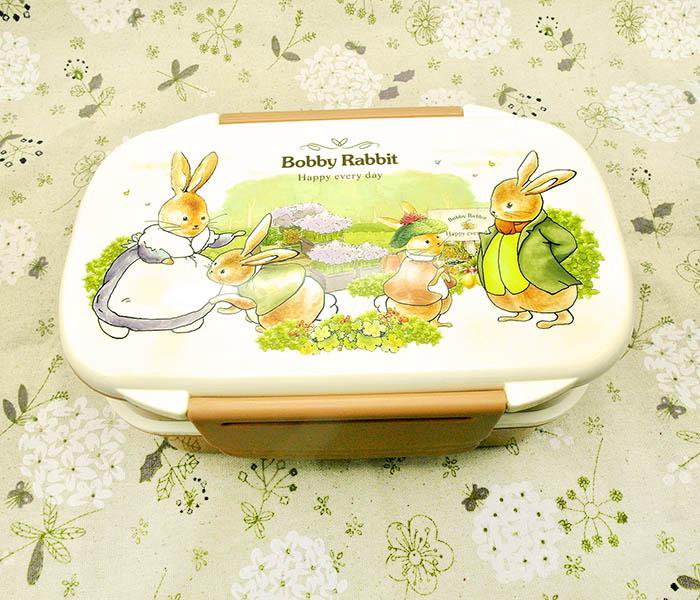 Also check http://www.humanesociety.org/animals/resources/tips/find-a-wildlife-rehabilitator.html and http://www.owra.org/find-a-wildlife-rehabilitator
Also check http://www.humanesociety.org/animals/resources/tips/find-a-wildlife-rehabilitator.html and http://www.owra.org/find-a-wildlife-rehabilitator
How Do I Know If the Wild Baby Bunnies Need Help?
Very young wild baby bunnies with eyes closed and ears back rarely survive in captivity, even given the most expert human care; and so it is very important to determine whether they really need help. Try to assess whether the infants seem warm and healthy or cold, thin, and dehydrated. One test for dehydration is to gently pinch the loose skin at the back of the neck. If it does not spring back in one second, or stays in a “tent,” the bunny is SEVERELY dehydrated and needs rehabilitation IMMEDIATELY by a professional rabbit vet or rehabber. Another test is to stroke the genital area to stimulate elimination if the eyes are closed. If the pee is brown and gritty, the mother rabbit has not been there to help the bunnies urinate. The brown, gritty urine is toxic, and the infant bunny must be cared for by a professional. Please contact a Wildlife Rehabber or rabbit vet immediately. Google your state and wildlife rehabber, call your Humane Society, and also check http://www.humanesociety.org/animals/resources/tips/find-a-wildlife-rehabilitator.html and http://www.owra.org/find-a-wildlife-rehabilitator.
The brown, gritty urine is toxic, and the infant bunny must be cared for by a professional. Please contact a Wildlife Rehabber or rabbit vet immediately. Google your state and wildlife rehabber, call your Humane Society, and also check http://www.humanesociety.org/animals/resources/tips/find-a-wildlife-rehabilitator.html and http://www.owra.org/find-a-wildlife-rehabilitator.
Older baby bunnies who are found outside of the nest may not be orphaned or in need of assistance. This is most often the case. Baby cottontails are born without fur but develop a full coat in a week. Their eyes open in 10 days, and in three to four weeks they are weaned. At this age, they may explore the world outside of the nest but return there to sleep. They are not ignored by the mother but stay with the family group until four or five weeks of age. To determine whether a bunny of this age needs assistance, first see if the bunny feels cold to the touch; perform the dehydration test. Also look for bleeding, convulsing, fly larvae, broken limbs; if any, get to a rabbit vet or emergency vet immediately. If he is just out and about, leave him be. He is discovering his world, waiting for mom to return at night when we humans are asleep. Don’t assume because he is letting you pick him up, he needs help. They are prey animals, taught to freeze when a predator (or human) approaches. Leave him be!
Also look for bleeding, convulsing, fly larvae, broken limbs; if any, get to a rabbit vet or emergency vet immediately. If he is just out and about, leave him be. He is discovering his world, waiting for mom to return at night when we humans are asleep. Don’t assume because he is letting you pick him up, he needs help. They are prey animals, taught to freeze when a predator (or human) approaches. Leave him be!
What if the Baby Bunny is Injured?
Either call or take him to your local rabbit vet, humane society or animal shelter/animal control. Call first as often they will come pick up the baby. If after hours, contact a local emergency rabbit vet or rabbit vets found here and also here. The best thing you can do for an injured wild baby bunny is to get in touch with a skilled Wildlife Rehabber by searching your state/country and wildlife rehabber, or calling your Humane Society, and or trying this link http://www.humanesociety.org/animals/resources/tips/find-a-wildlife-rehabilitator. html and http://www.owra.org/find-a-wildlife-rehabilitator
html and http://www.owra.org/find-a-wildlife-rehabilitator
Is there anything I can do to avoid orphaning wild baby bunnies?
The harsh reality is that many of us who care about wild baby bunnies may be contributing to the suffering and death. House cats who roam outside will kill about every other time they go out. And unlike feral cats who hunt because they are hungry, and kill immediately, house cats maul and torment their prey, sometimes skinning baby bunnies alive. Cat owners need to provide managed outdoor habitats for their cats – such as window boxes or pens. Providing a bell on your cat will help warn the wildlife if you cannot keep him inside. Keep your dogs on a leash with you if you see a rabbit nest.
Lawn chemicals can produce convulsing death in baby rabbits. According to the Poison Control Center for Animals, lawn applications that contain herbicides are not directly toxic to small animals; but they may make toxic plants more palatable to them and may make the animals sick for a few days.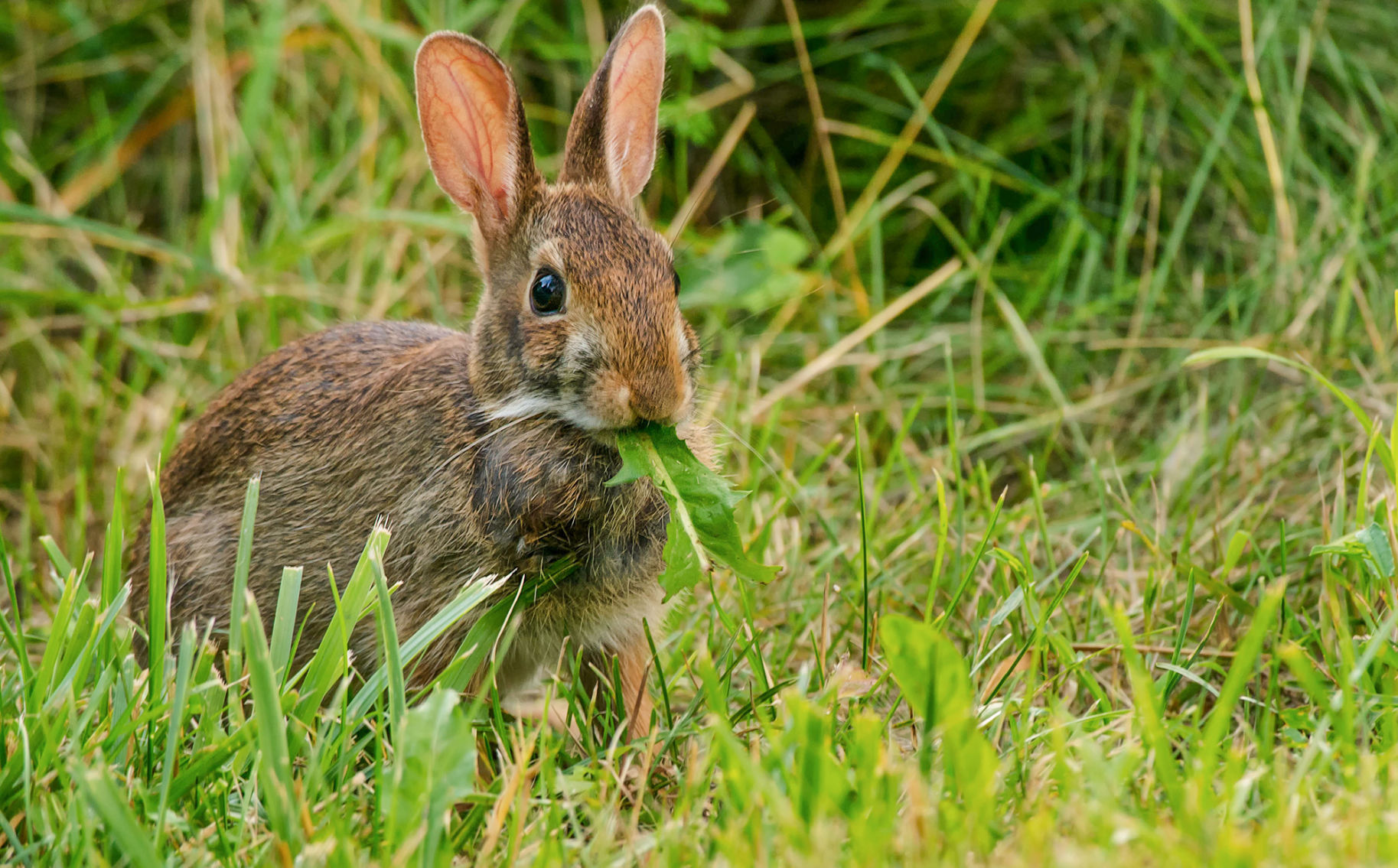 Products which contain insecticides, such as Dursban or Diazinion, which are added to many lawn products to control fleas or grubs in the lawn, are toxic.
Products which contain insecticides, such as Dursban or Diazinion, which are added to many lawn products to control fleas or grubs in the lawn, are toxic.
The Bunny is
Wild and Really Orphaned – How do I care for it?Again, make sure you KNOW for sure the mom was killed and the bunnies are abandoned (not warm, etc.). You will not see the mom. The mom will only come back in the middle of the night to feed her babies. If the mom was killed, the best thing you can do for a wild orphaned baby bunny is to get in touch with a skilled rehabilitator. In the meantime, call your local humane society or animal control and one of these vets for a wildlife referral: Rabbit Vets and Pet Bunny Vets. Google your state and wildlife rehabbers, and also try http://www.humanesociety.org/animals/resources/tips/find-a-wildlife-rehabilitator.html and http://www.owra.org/find-a-wildlife-rehabilitator
How much formula should I feed a Wild Orphaned Bunny until I get him/her to a rehabber?
The following is a guideline for the daily amount to feed a TRULY orphaned wild bunny (mother was killed, etc. ) Remember with wild bunnies, the mom only comes back at night to call and feed him once or so for 5 mins; please put him back for her if just found and healthy. She leaves them alone between feedings. Don’t assume they are abandoned! Wild rabbits NEED a skilled wildlife rehabber. You should not feed at home or the chances of their surviving is extremely low! Most die from bloat, wrong feedings/stress. These feedings are NOT meant to take place of an actual rehabber, but for someone only who may live too far from a rehabber and is faced with a wild mother, killed, for example. All others need to call your humane society, local rabbit vet, or google your state and wildlife rehabber. You can also check here http://www.humanesociety.org/animals/resources/tips/find-a-wildlife-rehabilitator.html and http://www.owra.org/find-a-wildlife-rehabilitator
) Remember with wild bunnies, the mom only comes back at night to call and feed him once or so for 5 mins; please put him back for her if just found and healthy. She leaves them alone between feedings. Don’t assume they are abandoned! Wild rabbits NEED a skilled wildlife rehabber. You should not feed at home or the chances of their surviving is extremely low! Most die from bloat, wrong feedings/stress. These feedings are NOT meant to take place of an actual rehabber, but for someone only who may live too far from a rehabber and is faced with a wild mother, killed, for example. All others need to call your humane society, local rabbit vet, or google your state and wildlife rehabber. You can also check here http://www.humanesociety.org/animals/resources/tips/find-a-wildlife-rehabilitator.html and http://www.owra.org/find-a-wildlife-rehabilitator
Age + Amount (This WILL vary SO MUCH depending on type of rabbit.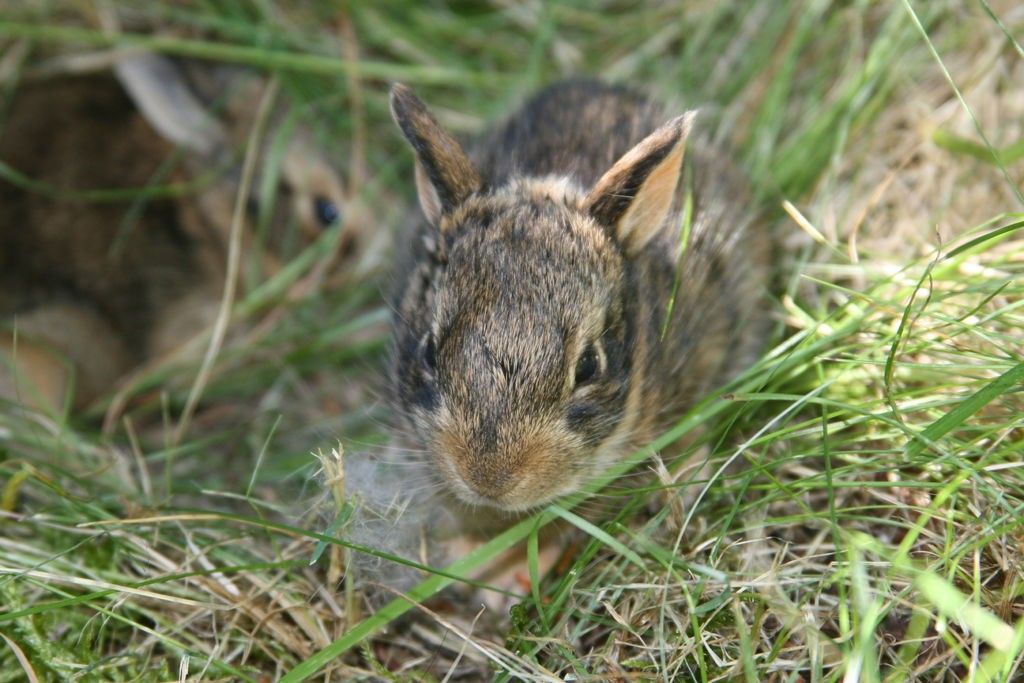 It is impossible over the Internet to see your particular rabbit, so this is only approximate.) Use KMR kitten or KMR kitten plus Goat milk, regular not low fat. Add a pinch of acidophilus (aka Probiotic) to the formula to promote healthy gut flora. Formulas vary depending on region. Avoid Esbilac and any puppy formulas! FEED TWICE A DAY ONLY for healthy babies, three times if low weight. It may be easiest to start with a 3 cc/ml syringe or an eyedropper. Feed only with the bunny sitting UPRIGHT, and point syringe down towards bottom or side of mouth, so if too much comes out, the baby does not aspirate. At first, they may only take a few drops at one feeding until they are not stressed and used to this.
It is impossible over the Internet to see your particular rabbit, so this is only approximate.) Use KMR kitten or KMR kitten plus Goat milk, regular not low fat. Add a pinch of acidophilus (aka Probiotic) to the formula to promote healthy gut flora. Formulas vary depending on region. Avoid Esbilac and any puppy formulas! FEED TWICE A DAY ONLY for healthy babies, three times if low weight. It may be easiest to start with a 3 cc/ml syringe or an eyedropper. Feed only with the bunny sitting UPRIGHT, and point syringe down towards bottom or side of mouth, so if too much comes out, the baby does not aspirate. At first, they may only take a few drops at one feeding until they are not stressed and used to this.
Newborn to One Week: 2- 2+1/2 cc/ml each feeding (two feedings per day).
1-2 weeks: 5-7 cc/ml each feeding (two feedings per day). (depending on bunny..may be much LESS if smaller rabbit!) Newborn babies (if eyes closed) all need to be stimulated to urinate and defecate prior to or following feeding until their eyes open. (Except Jackrabbits do not). *See how to below.
(Except Jackrabbits do not). *See how to below.
2-3 weeks: 7-13 cc/ml each feeding (two feedings). Domestic eyes open at about 10 days of age. Start introducing them to timothy and oat hay, pellets and water (always add fresh greens for wild ones).
3-6 weeks: 13-15 cc/ml each feeding (two feedings–again, may be LESS depending on size of rabbit! A cottontail/brush bunny will take so much less!! Half this at most.) Cottontails wean and release about 3-4 weeks and jackrabbits much later (9+ weeks), whereas domestic rabbits are 6 weeks.
6 weeks-9weeks for Jackrabbits only, continue up to 9 weeks with formula, gradually changing to a dish for the warm formula, replacing the formula after 9 weeks slowly, continue adding more of their natural greens and hay (dandelions, oat hay, timothy hay, Italian parsley, carrot tops, small carrots cut up) and a small water bowl. Most markets will sell these greens. They need a rehabber before release!
They need a rehabber before release!
Wild rabbits NEED a skilled wildlife rehabber. These feedings are NOT meant to take place of an actual rehabber, but for someone who may live too far from a rehabber and is faced with a wild mother, killed, for example. Please call your humane society for referrals to rehabbers, or your rabbit vets, or google your state or country and wildlife rehabbers. You can also try here: http://www.humanesociety.org/animals/resources/tips/find-a-wildlife-rehabilitator.html and by state here: http://www.owra.org/find-a-wildlife-rehabilitator or http://www.owra.org/find-a-wildlife-rehabilitator
*After each feeding it is important to gently make the bunny defecate and or urinate (brush bunnies/cottontails only..if the eyes are not opened yet) to keep the intestinal and urinary system running smoothly (just UNTIL their eyes open). No need to do this for jackrabbits; they go on their own. Use a cotton ball moistened with warm water after eating, and gently stroke the anal area until the bunny starts producing stool and urine and keep stroking until the bunny stops.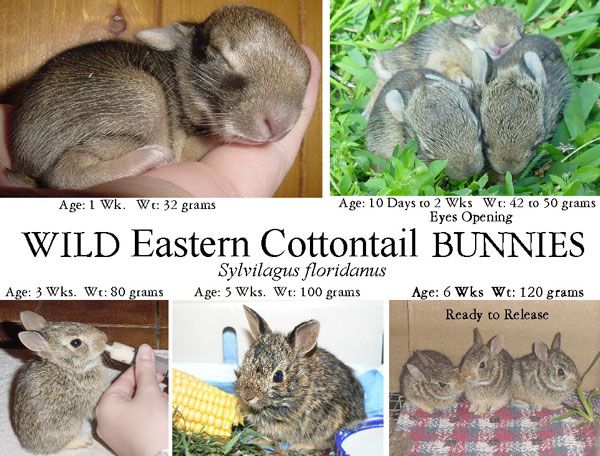 You are reproducing the behavior of the mother rabbit who would lick her young to stimulate them to go to the bathroom and to keep the nest clean. Again, ONLY if the eyes are still closed. Handle a wild rabbit only during feedings as excessive handling can be extremely stressful/potentially fatal. Wild rabbits don’t need heat if furred and healthy. Wild rabbits should not be fed at home, but get them to a professional rehabber as it IS CRITICAL for their survival and to be with their own kind. Most die from overfeeding and/or stress.
You are reproducing the behavior of the mother rabbit who would lick her young to stimulate them to go to the bathroom and to keep the nest clean. Again, ONLY if the eyes are still closed. Handle a wild rabbit only during feedings as excessive handling can be extremely stressful/potentially fatal. Wild rabbits don’t need heat if furred and healthy. Wild rabbits should not be fed at home, but get them to a professional rehabber as it IS CRITICAL for their survival and to be with their own kind. Most die from overfeeding and/or stress.
As soon as the wild bunnies’ eyes are open, you may introduce them to plain alfalfa pellets, hay, such as oat hay, timothy, alfalfa and veggies such as carrot tops, Italian parsley, dandelion greens. Dandelion greens and hay (timothy and oat hay) are extremely important for wild rabbits. You can add whole oats from a feed store, and some grated carrots. The greens must be fresh, rinsed, and replaced if not eaten in a few hours. You can place them in a cup of cold water with just the tops sticking out to keep them fresher. (For a domestic rabbit baby, see section under the Domestic heading). Wild cottontail and brush bunny rabbits should be released as soon as they are eating hay and greens and are approximately 5 inches in body length and run from you. This varies with the area, so size is not easy to say. They will be small, but the longer you keep them, the more agitated and difficult to handle they will become and the less likely their chances for survival in the wild. Release ONLY at dusk or dawn. Jackrabbits (hares) are not ready until 9+ weeks.Make sure they get exercise daily. Jackrabbits mature much slower than the brush/cottontails and need to develop strength. If they are ready, earlier, they will let you know.
(For a domestic rabbit baby, see section under the Domestic heading). Wild cottontail and brush bunny rabbits should be released as soon as they are eating hay and greens and are approximately 5 inches in body length and run from you. This varies with the area, so size is not easy to say. They will be small, but the longer you keep them, the more agitated and difficult to handle they will become and the less likely their chances for survival in the wild. Release ONLY at dusk or dawn. Jackrabbits (hares) are not ready until 9+ weeks.Make sure they get exercise daily. Jackrabbits mature much slower than the brush/cottontails and need to develop strength. If they are ready, earlier, they will let you know.
WARNING: Jackrabbits really NEED a skilled wildlife rehabber as they can run from you, throw themselves into walls to get away; many have died or severely injured themselves in captivity as they are so very wild. Please DO NOT raise them if you are not a skilled wildlife rehabber.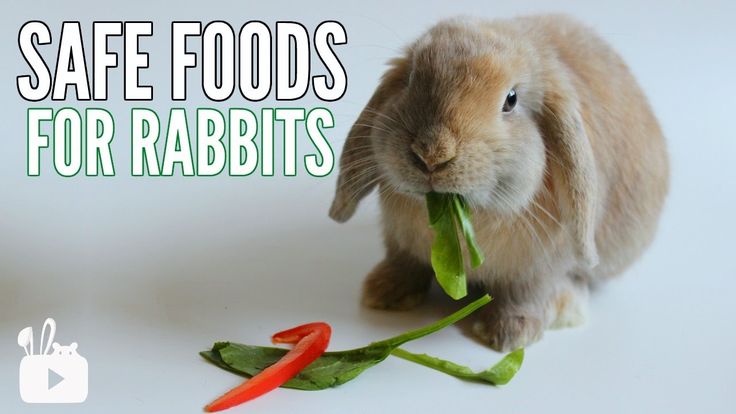 This is vital. Noises and sounds easily frighten the jackrabbit and they are not able to be handled after 9 weeks. Often, sadly, we get reports of how a well-meaning person who tried to raise a wild rabbit, only to find it literally died of fright or got injured inside the cage. They are wild and belong with their own kind, out in the wild.
This is vital. Noises and sounds easily frighten the jackrabbit and they are not able to be handled after 9 weeks. Often, sadly, we get reports of how a well-meaning person who tried to raise a wild rabbit, only to find it literally died of fright or got injured inside the cage. They are wild and belong with their own kind, out in the wild.
Jackrabbits really enjoy being raised together, whereas cottontails/brush bunnies may fight and do fine alone. Give them a carrier as their place of privacy (line with thick towels) with plenty of fresh hay and greens described above and water bowl. Again, wild rabbits need a skilled wildlife rehabber; it is critical to their survival.
The Bunny is DOMESTIC (i.e., pet rabbit, NOT wild) and Really Orphaned – How do I care for a domestic baby?
Baby Domestic Agouti Bunny Baby Domestic/Pet Agouti rabbit babyRemember that both the domestic pet rabbit and wild bunny moms only feed their young usually once in the middle of the night. Don’t assume the mom is not caring for them if you don’t see her nurse them. Check their tummies to see if they are round and the babies are warm in the morning–this means she is caring for them. In the rare situation that you have an orphaned domestic bunny, such as when a domestic rabbit mom is sick or refuses to care for her young, you will need to feed the babies. Overfeeding is a leading cause of death in these youngsters which results in fatal intestinal disease.
Don’t assume the mom is not caring for them if you don’t see her nurse them. Check their tummies to see if they are round and the babies are warm in the morning–this means she is caring for them. In the rare situation that you have an orphaned domestic bunny, such as when a domestic rabbit mom is sick or refuses to care for her young, you will need to feed the babies. Overfeeding is a leading cause of death in these youngsters which results in fatal intestinal disease.
If truly orphaned, use KMR KITTEN powder formula (can also use Meyenberg Regular Goat milk found at Safeway in the milk section or Whole Foods until you can find the KMR KITTEN formula), and follow the directions on the can. It may be easiest to start with a 3 cc/ml syringe or an eyedropper. Some use pet nurser nipples on the end of a luer lock syringe, or a teat cannula on the end of a syringe. Feed only with the bunny sitting UPRIGHT, and point syringe down towards bottom or side of mouth, so if too much comes out, the baby does not aspirate! For those who are slow to learn nursing, SC fluids may be necessary to prevent electrolyte imbalance or dehydration (check with a vet on this only!!).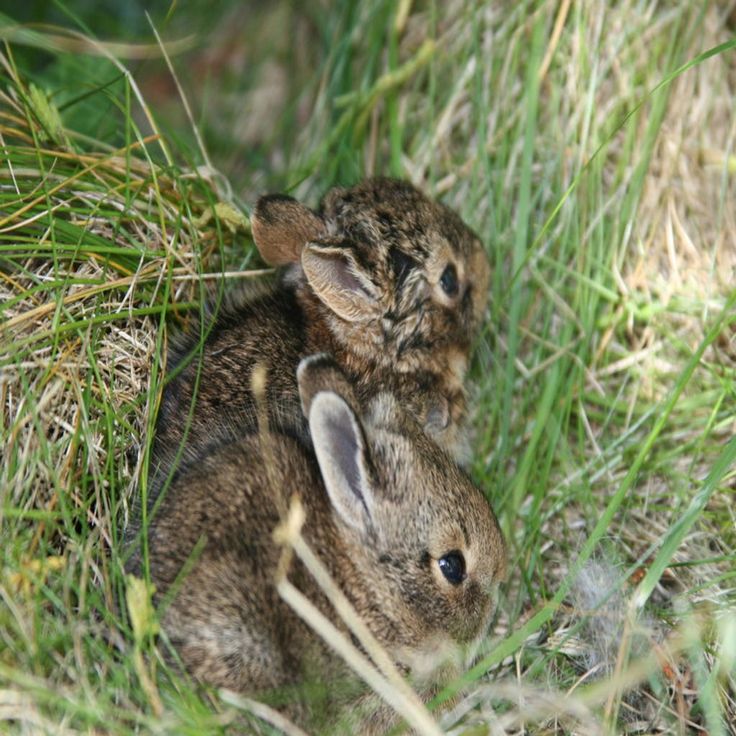 Domestic buns with closed eyes should be fed 2 x a day, and the number of feedings gradually decreased until they are weaned. If their eyes are still closed, you need to stimulate their bottoms with a warm moist towel after feedings to help them to pee. (Domestics are weaned about 6 weeks compared to wild bunnies who are weaned about 3-4 weeks for cottontails and 9+ weeks for jackrabbits). Bloat is commonly associated with too frequent feedings and too much at one time.
Domestic buns with closed eyes should be fed 2 x a day, and the number of feedings gradually decreased until they are weaned. If their eyes are still closed, you need to stimulate their bottoms with a warm moist towel after feedings to help them to pee. (Domestics are weaned about 6 weeks compared to wild bunnies who are weaned about 3-4 weeks for cottontails and 9+ weeks for jackrabbits). Bloat is commonly associated with too frequent feedings and too much at one time.
Feeding Amounts for DOMESTIC/PET Orphaned babies*: Feed twice a day up to these amounts: Newborn– 2.5 cc/ml each feeding. One week old: 6-7 cc/ml each feeding. Two weeks old: 12-13 cc/ml each feeding. Three weeks to six weeks: Up to 15 cc/ml each feeding (a.m. and p.m.). Note this is for DOMESTIC, NOT WILD bunnies. Each bunny varies. If this is a smaller rabbit, he will consume much less. Do NOT overfeed! Contact an HRS contact, rabbit vet, to be sure.
*After each feeding it is important to make the bunny defecate and urinate (if the eyes are not opened yet) to keep the intestinal tract and urinary system running smoothly (only UNTIL their eyes are open). Use a cotton ball moistened with warm water and gently stroke the anal area until the bunny starts producing stool and urine and keep stroking until the bunny stops. You are reproducing the behavior of the mother rabbit who would lick her young to stimulate them to go to the bathroom and to keep the nest clean.
Use a cotton ball moistened with warm water and gently stroke the anal area until the bunny starts producing stool and urine and keep stroking until the bunny stops. You are reproducing the behavior of the mother rabbit who would lick her young to stimulate them to go to the bathroom and to keep the nest clean.
Provide a soft nest area in a box with clean towels, and cover the babies so it is dark until their eyes are open. Do NOT provide extra heat if the room temperature is at least 65 to 70 degrees F because excessive heat can be fatal. If the room is cooler, then you may place a heating pad on a low setting under no more than HALF of the nest so the bunny can move to a cooler area if it gets too warm, and be sure there is no way the mother rabbit can get to or chew the electrical cord!
For domestic rabbits, if you have a healthy adult rabbit at home and you can collect cecotropes (the soft, chain-like droppings that the rabbit usually eats) then these can be mixed with the KMR to give the baby bunny normal bacteria for its intestinal tract.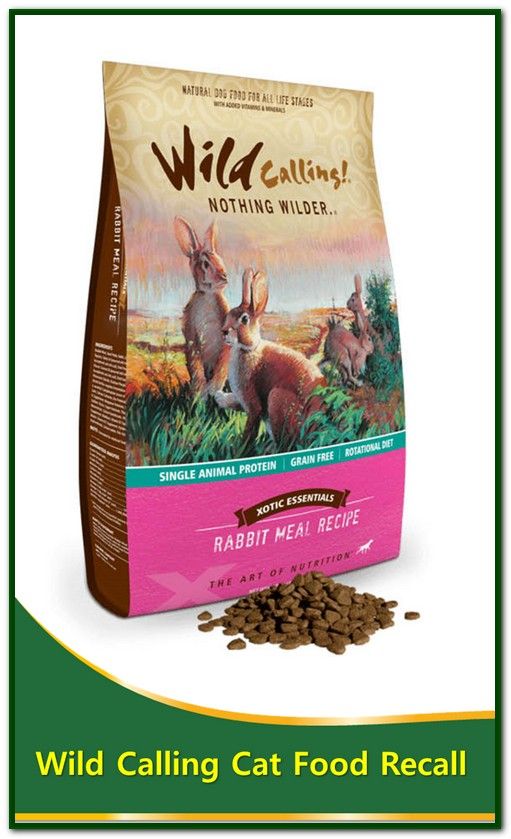 Only one cecotrope per day for 4-5 days is needed. This is particularly important for rabbits under one week of age. Also good is to sprinkle a pinch of acidophilus powder, also called “Probiotic” from human capsules in the milk a little each time for healthy flora for both wild and domestic bunnies.
Only one cecotrope per day for 4-5 days is needed. This is particularly important for rabbits under one week of age. Also good is to sprinkle a pinch of acidophilus powder, also called “Probiotic” from human capsules in the milk a little each time for healthy flora for both wild and domestic bunnies.
As soon as their eyes are open, you may introduce the bunnies to plain alfalfa pellets, hay, such as oat hay, timothy, alfalfa. Please refer to the handout Care of Rabbits for more information on diet for domestic, pet rabbits. You may reach [email protected] for domestic/pet rabbit questions. Below is the email for wild rabbit questions: [email protected] (wild) (If links above did not answer your question).
(See above for wild rabbits). For all rabbits, avoid ANY regular milk, puppy formulas, etc. Use KITTEN formulas like KMR. Avoid Esbilac. Feed only upright. Less is better than more! Overfeeding will cause bloat and pain and possible death. Please get to a rehabber.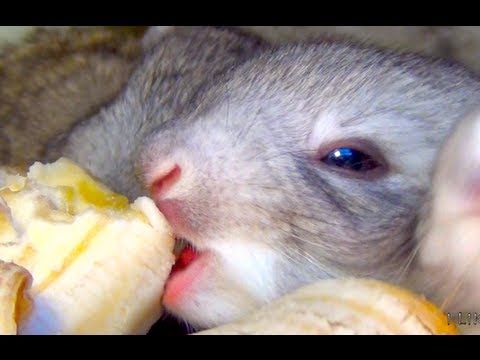
Sources: Caring for Cricket – What Not To Do When You Find a Wild Baby Bunny by Julie Smith and Handout by Midwest Exotic Animal Hospital, and additional wild bunny info by M. Wilson (HRS educator and rehabber). For questions not answered about wild rabbits above, email: wildbunnyrehab at gmail.com
Below content was merged from: /caring-for-orphans/
Rabbit mothers nurse their babies for approximately 5 minutes a day. They will be in the nest or nest box early in the morning and then again in the evening. The milk is very rich and the babies “fill up” to capacity within minutes. Mother rabbits do not “sit” on the babies to keep them warm as do some mammals and birds. They build a nest with fur and grasses which helps to keep the babies warm in between feedings. Do not force a mother rabbit to sit in the nest box. You can pick up the babies and see if they are feeding by checking the size of their stomachs (should not be sunken in), the pinkness of their skin and activity level (they should not be blue in color or sluggish in movement) and the amount of time that you hear them crying (baby bunnies should be quiet most of the day…. if they are crying constantly then they are not getting fed). If they are warm, mom is most likely feeding them, but again, she only comes back in the middle of the night.
if they are crying constantly then they are not getting fed). If they are warm, mom is most likely feeding them, but again, she only comes back in the middle of the night.
If you come across a nest of bunnies in the wild and the mother is no where to be seen, please DO NOT disturb them…this is normal. By removing them from the nest you are greatly reducing their chances of survival.In the rare situation that you have an orphaned bunny, such as when a mother rabbit is killed by another animal or in the road, or when a domestic rabbit refuses to care for her young, you may try feeding with Kitten Milk Replacer (KMR) or Meyenberg Goat Milk (for wild rabbits, but they need a professional reahabber–do not feed at home). Remember though, that both wild/domestic bunny moms only feed in the middle of the night, so don’t assume she is not caring for them! For true orphans, remember to feed ONLY TWICE A DAY. Overfeeding is a leading cause of death in these youngsters which results in fatal intestinal disease. Provide a soft nest area in a box with clean towels, and cover the babies (if eyes are closed) so it is dark.
Provide a soft nest area in a box with clean towels, and cover the babies (if eyes are closed) so it is dark.
DO NOT provide extra heat if the room temperature is at least 65 to 70F because excessive heat can be fatal. If the room is much cooler, then you may place a heating pad on a low setting under no more than HALF of the nest so the bunny can move to a cooler area if it gets too warm.
For a wild bunny, you need to get him to a wildlife rehabilitator if he is TRULY orphaned (mom was killed). Remember with wild bunnies, the mom ONLY comes back at night to call and feed him; please put him back for her if just found and healthy. With domestics, the mom only feeds once or twice a day for only 5 minutes. Leave babies with the mom. For wild orphans, first google your state and wildlife rehabber, and call your humane society, also try http://www.humanesociety.org/animals/resources/tips/find-a-wildlife-rehabilitator.html and http://www.owra.org/find-a-wildlife-rehabilitatoror as it is illegal in most states to keep a wild animal, and they really need a professional as this is critical.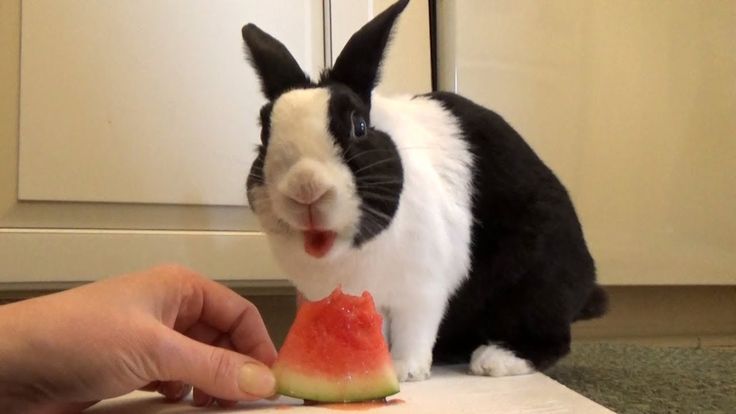 Local rabbit veterinarians or humane societies may also know of a rehab facility.
Local rabbit veterinarians or humane societies may also know of a rehab facility.
The following is a guideline for the daily amount to feed a TRULY orphaned bunny (mother was killed, etc.) that will be about 5 lbs as an adult. It is impossible on the internet to be exact. Please find rehabber.
GENERAL FEEDING OF ORPHANS
Age + Amount (This WILL vary depending on type of rabbit.) Use KMR (Kitten Milk Replacer) for domestics and Meyenberg Goat Milk, regular not low fat for wild ones,or KMR. Add a pinch of acidophilus (AKA Probiotic capsules) to all formula to promote healthy gut flora. Other formulas vary depending on the region of the country. Avoid using Esbilac or any puppy formulas or cow’s milk. Do not add Karo syrup. FEED TWICE A DAY ONLY unless baby is low weight, than three times.
Newborn to One Week: 2 – 2+1/2 cc/ml each feeding (two feedings).
1-2 weeks: 5-7 cc/ml each feeding (two feedings).
(depending on bunny.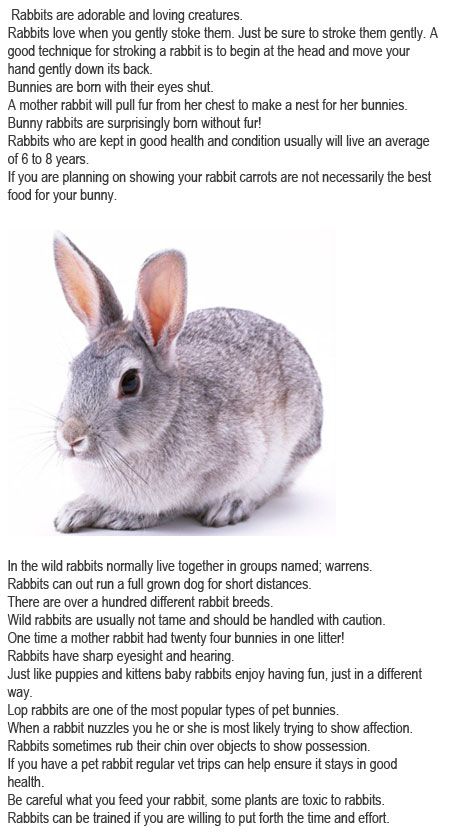 .may be much LESS if smaller rabbit).
.may be much LESS if smaller rabbit).
2-3 weeks: 7-13 cc/ml each feeding (two feedings). Bunnies whose eyes are still CLOSED need to be stimulated to urinate and defecate before or after each feeding. Again, seek a professional on this. Domestic eyes open at about 10 days of age. Then start introducing them to timothy and oat hay, pellets and water (always add fresh greens for wild ones–dandelion greens, parsley, carrot tops, grated carrots, all fresh, watered down). See below for detail.
3-6 weeks: 13-15 cc/ml each feeding (two feedings–again, may be LESS depending on size of rabbit! A cottontail will take so much LESS–about half of this!.)
Domestics are weaned about 6 weeks. Cottontails wean and release about 3-4 weeks and jackrabbits much later (9+ weeks). Feed only twice a day up to these TOTAL amounts. You may find an eyedropper or syringe easiest to use. Feed them upright, and go slowly watching them lick and swallow so they do not aspirate. For domestic rabbits, if you have a healthy adult rabbit at home and you can collect cecotropes (the soft chain-like droppings that the rabbit usually eats) then these can be mixed with the KMR or goat milk to give the baby bunny normal bacteria for its intestinal tract. Only one cecotrope per day for 4-5 days is needed. This is particularly important for rabbits under one week of age. Acidophilus capsules for humans, opened and sprinkled some in formula, works well too.
For domestic rabbits, if you have a healthy adult rabbit at home and you can collect cecotropes (the soft chain-like droppings that the rabbit usually eats) then these can be mixed with the KMR or goat milk to give the baby bunny normal bacteria for its intestinal tract. Only one cecotrope per day for 4-5 days is needed. This is particularly important for rabbits under one week of age. Acidophilus capsules for humans, opened and sprinkled some in formula, works well too.
After each feeding it is important to make the bunny defecate and urinate (until their eyes are open) to keep the intestinal tract and urinary system running smoothly. Use a cotton ball moistened with warm water and gently stroke the anal area until the bunny starts producing stool and urine and keep stroking until the bunny stops. You are reproducing the behavior of the mother rabbit who would lick her young to stimulate them to go to the bathroom and to keep the nest clean. No need to do this for jackrabbits or if bunny’s eyes are open.
As soon as their eyes are open, you may introduce the bunnies to hay, such as oat and timothy hay, some alfalfa, and pellets, and for wild ones, add dark leafy veggies such as dandelion greens, carrot tops, parsley, grated carrots, etc. Keep the greens fresh, moist, and stand them up in a heavy mug of water. Change greens often. If this is a wild rabbit, you do not need to introduce pellets. If this is a domestic rabbit baby, then you may introduce plain alfalfa pellets at 2 weeks of age (please refer to the handout Care of Rabbits for more information on diet). Wild rabbits should be released as soon as they are eating hay and greens and are approximately 5 inches in body length (for cottontails) and are afraid of you (about 3-4 weeks). Jackrabbits are released much later (9 weeks up). They will be small, but the longer you keep them, the more agitated and difficult to handle they will become, and the less likely their chances for survival in the wild. They may be easily injured in your care as they attempt to get free.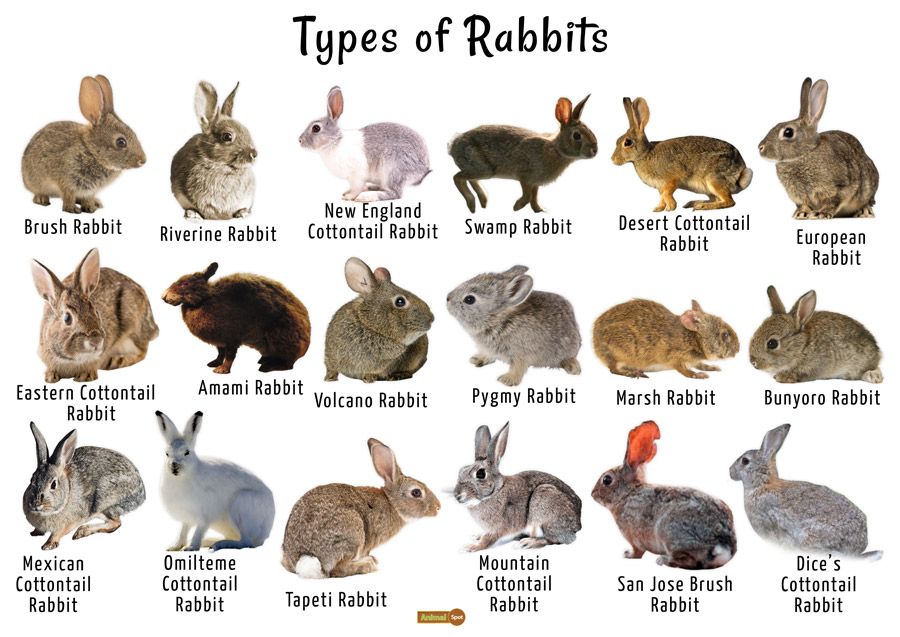 For wild bunnies, please do not raise them yourself, but take them to a rehabber! Google your state and wildlife rehabber or see links above.
For wild bunnies, please do not raise them yourself, but take them to a rehabber! Google your state and wildlife rehabber or see links above.
Modified from an original document from :
Midwest Bird & Exotic Animal Hospital
Do You Know What to Feed a Wild Baby Rabbit?
Written by The Rabbit Hole Hay Team
Let’s start with the basics about rabbits in general. Baby rabbits are only fed from their mother a few minutes a day. A mother’s milk is packed with the necessary nutrients that feeding once is more than enough for the little bun.
The feeding normally occurs at night to help protect the babies. The mother rabbit can be seen away from the nest during the day which is why it is important to leave babies in nests alone unless you are confident that the mother has either abandoned the nest for good or has died. So needing to take care of a wild baby rabbit is rare, very rare.
Orphaned Baby Bunnies: Wild
So what do wild baby rabbits eat when they don’t have their mother giving them their nutrient packed milk? Rabbit. org provides this information on what to feed an orphaned wild baby rabbit until you are able to take them to a wild rabbit rescue.
org provides this information on what to feed an orphaned wild baby rabbit until you are able to take them to a wild rabbit rescue.
Feeding Of True Orphans
Age + Amount (This WILL vary SO MUCH depending on type of rabbit. It is impossible over the Internet to see your particular rabbit, so this is only approximate.) Use KMR kitten or KMR kitten plus Goat milk, regular not low fat. Add a pinch of acidophilus (aka Probiotic) to the formula to promote healthy gut flora. Formulas vary depending on region. Avoid Esbilac and any puppy formulas! FEED TWICE A DAY ONLY for healthy babies. It may be easiest to start with a 3 cc/ml syringe or an eyedropper. Feed only with the bunny sitting UPRIGHT, and point syringe down towards bottom or side of mouth, so if too much comes out, the baby does not aspirate. At first, they may only take a few drops at one feeding until they are not stressed and used to this.
- Newborn to One Week: 2 – 2+1/2 cc/ml each feeding (two feedings per day).

- 1-2 weeks: 5-7 cc/ml each feeding (two feedings per day). (depending on bunny..may be much LESS if smaller rabbit!) Newborn babies (if eyes closed) all need to be stimulated to urinate and defecate prior to or following feeding until their eyes open. (Except Jackrabbits do not). *See how to below.
- 2-3 weeks: 7-13 cc/ml each feeding (two feedings). Domestic eyes open at about 10 days of age. Start introducing them to timothy and oat hay, pellets and water (always add fresh greens for wild ones).
- 3-6 weeks: 13-15 cc/ml each feeding (two feedings–again, may be LESS depending on size of rabbit! A cottontail/brush bunny will take so much less!! Half this at most.) Cottontails wean and release about 3-4 weeks and jackrabbits much later (9+ weeks), whereas domestic rabbits are 6 weeks.
- 6 weeks-9weeks for Jackrabbits only, continue up to 9 weeks with formula, gradually changing to a dish for the warm formula, replacing the formula after 9 weeks slowly with a a dish of cup-up tiny banana or apple pieces.

To read more on how to take care of an orphaned rabbit, read the full article from here.
A wild rabbit’s diet varies on the temperature they are living in. When the temperature is warmer, their diet consists of: clover, flowers, grasses and other plants that grow in that temperature. When the temperature is cooler, their diet becomes more sparse including: twigs, bark and remaining greens. Sounds very different from the Timothy Hay and Orchard Grass that a domesticated rabbit might eat right?
Not sure if your momma rabbit is feeding your new baby rabbits? Do you need to know how to feed your baby rabbits by yourself? Download our Human's Guide to Feeding Baby Rabbits to learn about what to look for in your baby rabbits, feeding techniques, a feeding schedule and more! We pride ourselves on supporting a community of small pet owners who care deeply about providing happy and healthy lifestyles for their pets.
what is the benefit, from what age can it be given
It is not by chance that rabbit meat (meat of domestic and wild rabbits) is valued in many countries for its delicate taste, it is used to prepare delicious dishes. The low fat content and good digestibility make it possible to consider rabbit meat as a dietary product. The protein content in it is much higher than in other types of meat.
The low fat content and good digestibility make it possible to consider rabbit meat as a dietary product. The protein content in it is much higher than in other types of meat.
Knowing the nutritional value of rabbit meat, mothers of babies are interested in the possibility of introducing it into the child's diet, using meat as complementary foods. nineOlo Puree Soup
- See also:
0039
In terms of protein content, rabbit meat is equivalent to chicken breast: 100 g of meat - 21 g of protein. At the same time, muscle tissue in meat is 85% - this is higher than in pork, beef. In the composition of rabbit meat, 19 amino acids (essential and non-essential) were found that are important for a growing organism.
In the absence of carbohydrates, fats are less than 10%, which is regarded by nutritionists as a healthy content.
The digestibility of meat is 90%, which is significantly higher than that of beef (62%).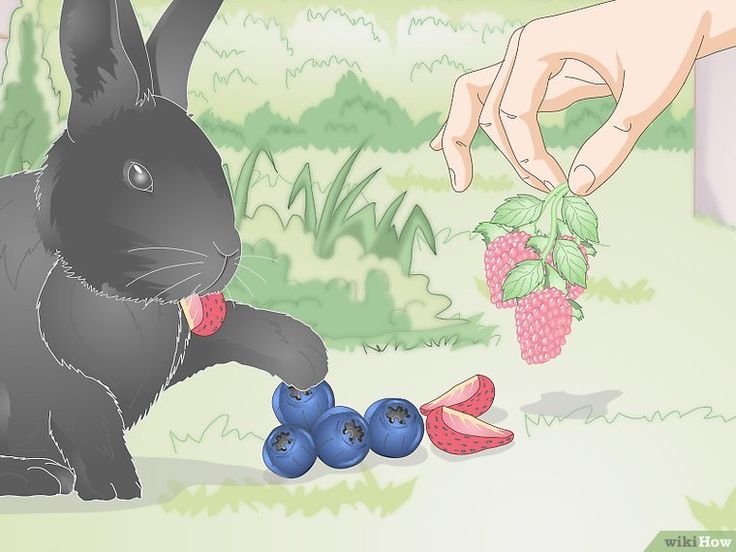 The calorie content of 100 g of rabbit meat is low, it is equal to 180 kcal. nine0003
The calorie content of 100 g of rabbit meat is low, it is equal to 180 kcal. nine0003
Minerals in meat can reach 1.5% by weight.
Rabbit meat contains:
- magnesium;
- calcium;
- sulfur;
- phosphorus;
- chlorine;
- sodium;
- iron;
- molybdenum;
- potassium;
- manganese;
- zinc;
- copper;
- iodine;
- chrome;
- cobalt;
- fluorine.
The vitamin composition of rabbit meat is also rich in: A, C, E, PP, B vitamins (B 1 , B 2 , B 3 , B 4 , B 9 , B 12 ).
There is very little cholesterol in rabbit meat.
Benefits
Due to its valuable composition and hypoallergenic properties, rabbit meat is recommended for babies as the first meat food.
The potential benefit of rabbit meat for the organism of children is due to its composition:
- Rabbit meat is a source of animal protein, moreover, easily digestible, which is very important for a growing organism.
 In terms of protein content, no other meat can be compared with it. nine0009
In terms of protein content, no other meat can be compared with it. nine0009
Due to its easy digestion, rabbit meat will not create a load on the baby's digestive tract and can be used for the first sample of meat in the form of complementary foods.
It should be regularly included in the diet of children who are actively involved in sports and participate in competitions.
- The low energy value of low-fat rabbit meat allows it to be consumed by overweight children, with diseases of the liver and pancreas.
- Nutrients in rabbit meat will help to strengthen the immune system, fight infection and restore strength after illness or surgery. nine0009
- Rabbit does not irritate the mucous membranes of the gastrointestinal tract, stimulates the production of digestive juices. Meat can be included in the diet of children suffering from gastritis, colitis, peptic ulcer and biliary tract diseases.
- Rabbit meat less than 7 months old does not accumulate toxic substances (pesticides and herbicides that can get to them with feed), so it is safe for baby food.

- Vitamins from group B and other useful components of meat activate metabolic processes in the child's body. nine0009
- According to experts, rabbit meat, when consumed regularly, helps to reduce the dose of radiation exposure to the body of a child receiving radiation therapy for cancer or living in a region unfavorable for radiation background.
- Potassium and magnesium in the composition of meat will help to avoid disturbances in the work of the heart.
- The components of the composition of rabbit meat are able to strengthen the vascular wall, give it elasticity.
- Meat is practically free of highly allergenic substances, so it can be included in the diet of children prone to allergies with less risk. nine0009
- The positive effect on the central nervous system of vitamins from group B and other components in the composition of rabbit meat will help improve sleep, cope with neurosis and stress, depressive state of the child.
- The antioxidant properties of vitamins E and C will protect the cells and tissues of the child's body from the harmful effects of toxins, free radicals, and prevent the appearance of malignant cells.
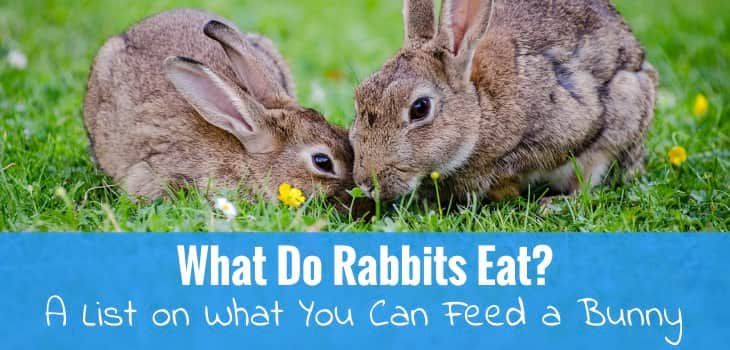
- Phosphorus and calcium will ensure the development and strength of the skeletal system, tooth enamel.
- Rabbit meat contains substances that ensure the normalization of blood sugar levels, so its regular use is recommended for children with diabetes. nine0009
- Iron, folate, copper, vitamin B 12 , which are part of the meat, ensure normal blood formation. This determines the usefulness of rabbit meat for children with anemia.
- Zinc and other substances in meat ensure healthy hair, skin and nails.
- The richness of the vitamin and mineral composition of rabbit meat increases the absorption of oxygen by brain cells, which activates intellectual activity.
Rabbit fat is easier to digest than beef and pork fat. In traditional medicine recipes, rabbit fat has found its use, which is easily separated from meat. nine0003
Rabbit lard with honey (mixed in a ratio of 2:1) is recommended as an antitussive for bronchitis (for oral administration and for rubbing the chest).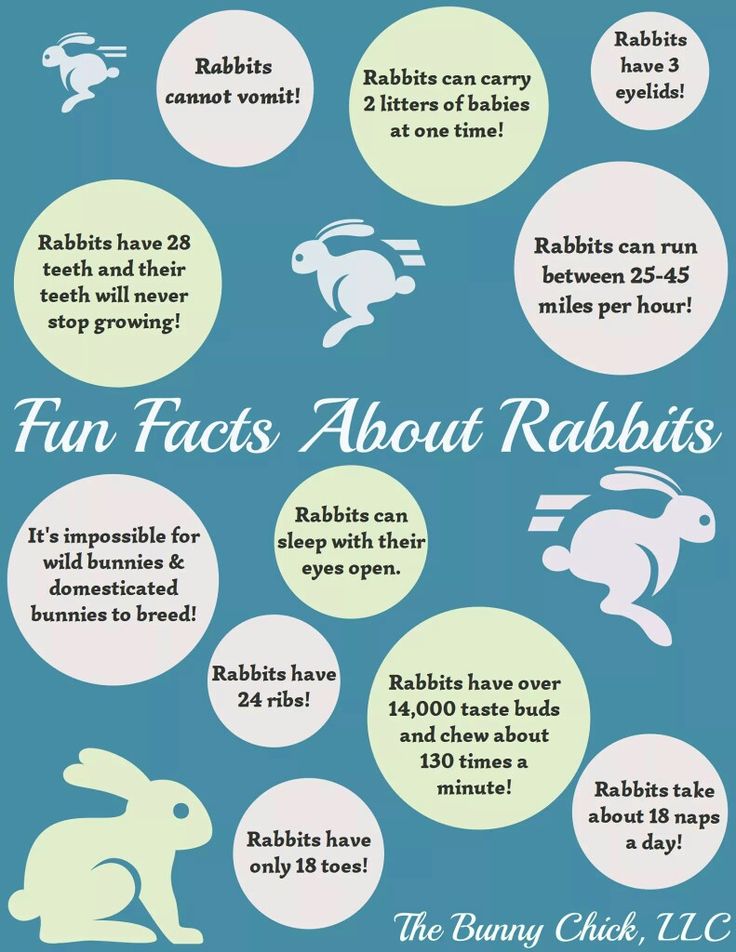 Rabbit fat can be used externally for skin care, as a wound healing and antipruritic agent.
Rabbit fat can be used externally for skin care, as a wound healing and antipruritic agent.
Contraindications
Unlike other types of meat, chronic diseases of the digestive organs are not a contraindication for the use of rabbit meat.
- But in the presence of arthritis and psoriasis in children, the use of rabbit meat is not recommended, as it can provoke an exacerbation of the process due to the deposition of nitrogenous compounds in the joints, which are formed during the breakdown of proteins. nine0009
- It is undesirable to exceed the recommended age limits for the consumption of rabbit meat, as this can lead to the production of hydrocyanic acids and subsequent poisoning by them.
How to choose meat when buying
When buying rabbit meat in the market or in a store, you should use the following tips:
- the smell of fresh young rabbit meat is pleasant; the presence of the smell of hay indicates that the rabbit is old;
- the color of the meat should be pale pink, and the texture should be dense, elastic; nine0009
- it is better to buy young rabbit meat; its carcass by weight does not exceed one and a half kilograms;
- fresh meat must not have a weathered or slippery, damp surface;
- in case of high-quality processing, the carcass must be completely bled, without skin scraps;
- Packages of frozen rabbit meat must be free of pieces of ice or frozen blood.

When buying meat on the market, fur is often left on one of the legs of the carcass as proof that the meat is really rabbit meat. nine0003
When shopping for frozen meat, pay attention to the expiration date on the label.
- Fresh meat should be stored in the refrigerator for no longer than 2 days. It is not recommended to use plastic bags for packaging, you need to put the meat in a pan and cover with a lid.
- Frozen rabbit meat can be stored for up to a month.
- Open canned meat can only be used within 24 hours.
How and when to introduce rabbit meat into a child's diet
Children who have already cut their teeth can be offered meatballs or steam rabbit cutlets.Since rabbit meat is a hypoallergenic product, it is recommended for babies as the first meat food. The age of the baby for introducing it into the diet is determined individually.
- Pediatricians recommend introducing rabbit meat to a healthy breastfed baby at 7-9 months, after the baby is used to vegetable and fruit purees.
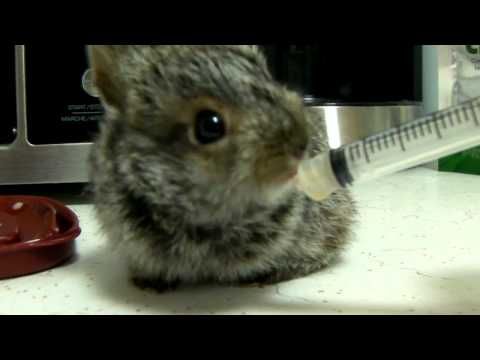
- Formula-fed babies are given the first sample of meat from 6 months of age. nine0009
- Previously meat complementary foods were also introduced to children with anemia and manifestations of rickets.
Rabbit meat for children can be boiled, stewed, steamed, baked. Fried food should not be given to a child. To check the readiness, the meat can be pierced with a match, transparent juice flows out of it without admixture of blood. The meat will be more juicy and tender if it is pre-soaked for 2-3 hours in water or whey.
When introducing rabbit meat into the diet of an infant, the following rules should be followed:
- the child must be absolutely healthy; meat complementary foods should not be introduced after vaccination;
- the first serving of meat should be no more than half a teaspoon;
- For the first test, it is better to prepare a puree by carefully grinding the meat with a blender or by passing it through a meat grinder twice until a homogeneous mass is obtained.
 You can use store-bought canned rabbit baby food;
You can use store-bought canned rabbit baby food; - for the next 2 days, monitor the child's condition, his skin, stools - in the absence of negative symptoms, the portion can be increased to a whole teaspoon; nine0009
- meat can be added to vegetable puree or soup;
- gradually increase the portion of rabbit meat to 30-40 g, by 10-11 months it can reach up to 50 g, after a year - up to 70 g;
- after the child gets used to the one-component rabbit meat puree, it can be given later in combination with porridge.
After teething, you can cook soup with meatballs, meatballs, meatballs for your baby. In the form of pieces, meat can be cooked when the child learns to chew food well. nine0003
It is better to give meat to a child in the morning or at lunch, but not for dinner. In the evening and at night, the secretion of digestive juices decreases, and the digestion of even dietary meat will be incomplete, putrefactive processes will develop, resulting in flatulence and bloating.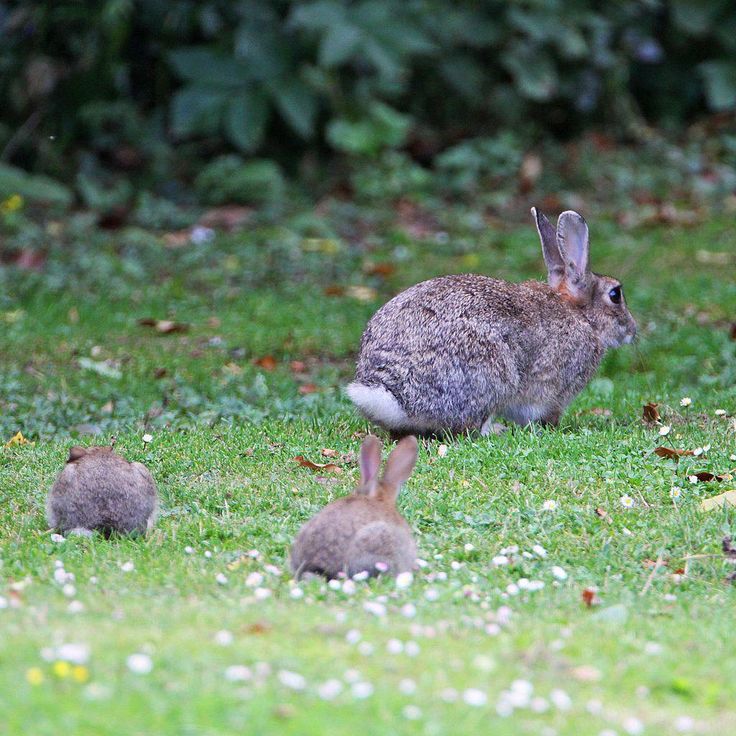
For older children and teenagers, you can prepare many dishes with rabbit meat: soup, roast, you can bake a whole carcass. When stewing or baking, the meat goes well with vegetables, honey and dried fruits. nine0003
- To eliminate the characteristic smell of rabbit meat, it can be marinated with soy sauce, soaked in vinegared water or whey.
- As spices you can use bay leaf, garlic, black pepper, cinnamon, thyme, cloves, celery.
- Rice, potatoes, buckwheat, assorted vegetables are suitable as a side dish for meat.
Baby recipes
Rabbit meat can be used in a variety of dishes:
Pumpkin soufflé
Toddlers enjoy pumpkin soufflé based on rabbit meat. Pumpkin makes the meat very soft. To prepare, grind in a blender:
- 100 g rabbit loin;
- 50 g pumpkin;
- white bread (small slice) pre-soaked in milk.
Salt the resulting mass, mix with the yolks of 2 quail eggs (they are healthier and have no allergenic properties) or, in their absence, one chicken. Whisk the egg whites until stiff and carefully fold into the mixture. nine0003
Whisk the egg whites until stiff and carefully fold into the mixture. nine0003
Grease the molds with oil, fill with the mixture and place in the steamer or multicooker. The souffle is ready in 40 minutes. You can use it separately or with vegetables.
Rabbit Soup
Suitable for 1 year old and older. For one serving, cut into pieces and rinse well with running water 100 g of sirloin rabbit meat, pour 0.5 liters of water and put on fire to prepare the broth.
After boiling, remove the foam, cook on minimum heat for 45 minutes. During this time, peel 1 medium-sized potato, 150 g of other vegetables (carrots, green beans, any cabbage - cauliflower, Brussels sprouts, broccoli). nine0003
Cut the vegetables, add to the broth and cook the soup for another 15 minutes, salt to taste. You can also add dill and parsley.
Puree soup
The smallest children can prepare puree soup. To do this, you need to clean 100 g of rabbit fillet from the film, wash it, pour it in a saucepan with water (300 ml), cook over low heat until the meat is soft for about 45 minutes.
Remove the foam after boiling. Get the meat ready, grind with a blender until mashed, salt to taste, add the broth until the desired consistency is obtained. nine0003
Steamed cutlets
Steamed cutlets are juicy and tasty. To prepare minced meat, grind with a blender or grind with a meat grinder:
- 200 g rabbit fillet;
- 1 medium onion;
- 100 g white bread soaked in milk.
Salt minced meat, add 2 quail (or 1 chicken) eggs, mix well.
Shape into patties, place in a slow cooker or steamer and cook for about half an hour. In the absence of kitchen appliances, you can use a colander: put cutlets in it and place it in a saucepan over boiling water. Cutlets can be served with porridge or vegetables. nine0003
Summary for parents
When choosing meat for complementary foods, parents should pay attention to rabbit meat. It is rich in proteins, has hypoallergenic properties, a small amount of fat. Puree or soup puree from this meat will provide the baby's body with the necessary vitamins and minerals.
Dietary rabbit meat can be given to older children even in the presence of chronic diseases of the digestive tract.
About the beneficial properties of rabbit meat in the program "Live healthy!" with Elena Malysheva:
Video on how to cook baby rabbit meat:
See also:
Rabbit meat in baby food
Feature : dietary, low-calorie meat, recommended as a first food.
Rabbit meat - rabbit meat. The highest quality rabbit meat, which we most often see on our tables, is obtained from the so-called meat breeds of domestic rabbits.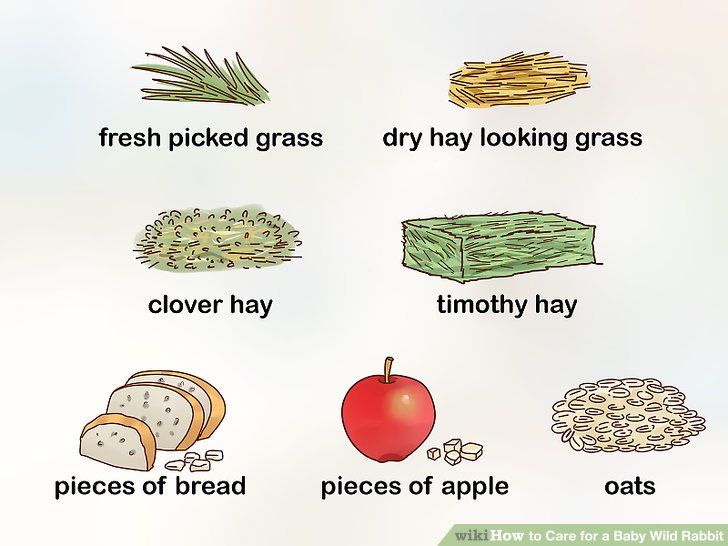 The meat of wild rabbits, common, for example, in the Odessa region and the Crimea, is used as game. nine0003
The meat of wild rabbits, common, for example, in the Odessa region and the Crimea, is used as game. nine0003
100 g of rabbit meat contains 183 kcal.
| Vitamins | Macronutrients | Trace elements |
| B1 (thiamine) - 0.08 mg B2 (riboflavin) - 0.1 mg B3 (niacin) - 4.0 mg B4 (choline) - 115.6 mg B6 - 0.5 mg B9 (folic acid) - 7.7 mcg B12 - 4.3 mcg E - 0.5 mg | Iron - 4.4 mg Potassium - 364 mg Calcium - 7 mg Magnesium - 25 mg Copper - 130 mcg Sulfur - 225 mg Phosphorus - 246 mg Chlorine - 79.5 mg Zinc - 2310.0 mcg | Iodine - 5. Cobalt - 16.2 mcg Manganese - 13 mcg Molybdenum - 4.5 mcg Fluorine - 73 mcg Chromium - 8.5 mcg |
Composition and nutritional properties of rabbit meat
- Water - 66.7
- Proteins - 21.1
- Fats - 11
- Ash - 1.15
Rabbit meat has exceptionally high nutritional properties. In terms of chemical, morpho-biochemical and technological qualities, it exceeds the meat of other animals. nine0003
Refers to the so-called white meat.
The color of rabbit meat is white with a slight pink tint, almost without aftertaste, soft and dense in texture, not fatty, with fine-fibrous muscles, thin bones, not a significant content of cholesterol and purine formations, which has a high ability to bind water. Well-fed rabbits have small fat layers that contribute to a tender texture and meat.
nine0312 Read also : Introducing meat complementary foods: norms and recommendations
Benefits of rabbit meat
Rabbit meat is, first of all, an environmentally friendly, dietary product.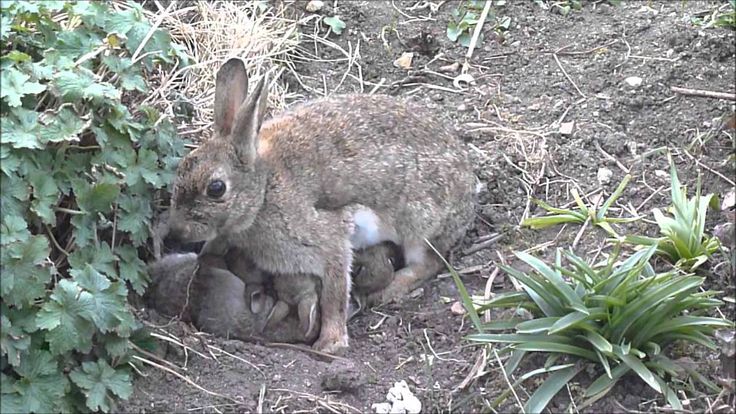 In its composition, rabbit meat compares favorably with the meat of other animals.
In its composition, rabbit meat compares favorably with the meat of other animals.
Rabbit meat practically does not contain sodium salts, due to this, rabbit meat is indispensable in the diet, it belongs to low-calorie foods. And its regular use in food normalizes the metabolism of fats and proteins. Rabbit meat contains a lot of lecithin, and cholesterol, on the contrary, in a small amount, which serves as a good prevention of arteriosclerosis. nine0003
Rabbit meat can reduce the dose of received radiation, which is especially important in the treatment of cancer.
Breastfeeding mothers, adolescents and preschool children especially need a diet with easily digestible protein, which is found in rabbit meat. The optimal balance of nutrients and normal fat metabolism can be maintained by regularly adding rabbit meat to the diet.
Allergy sufferers are also recommended to use rabbit meat, because it contains practically no allergens. nine0003
Contraindications for use
As you know, there are many diseases in which you can not eat meat, this type of meat is no exception.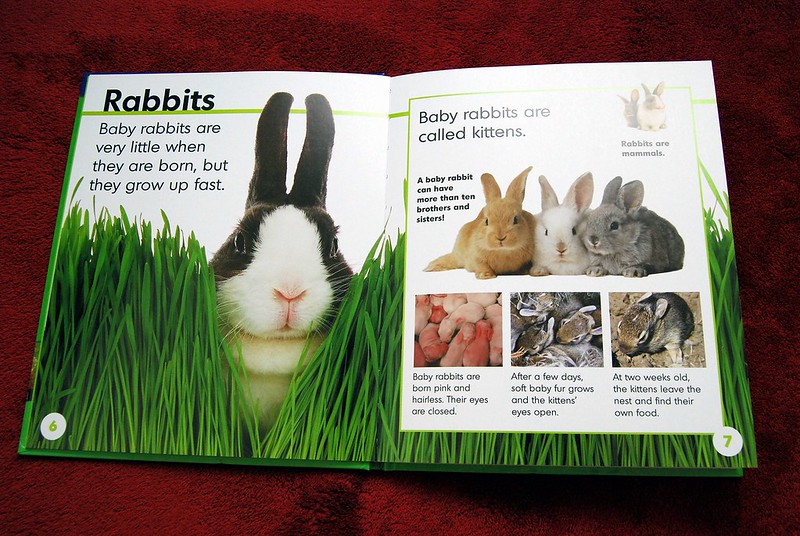
Although there is little in rabbit meat, purine bases are still present. When they enter the body, they turn into uric acid, and it settles in the joints and tendons, damaging them, leading to arthritis. Therefore, rabbit meat should be used with caution by people suffering from diseases such as gout, and for children under one year old - neuro-arthritic diathesis. nine0003
Rabbit in children's diet
A breastfed baby should be introduced to meat at 8 months and an artificial baby at 7.
If a child is prone to developing allergies, then it is necessary to start introducing meat complementary foods with rabbit meat.
First, we introduce meat puree to the baby at the tip of a teaspoon and gradually increase the volume. At 9 months, the baby should receive 20-40 g of mashed meat per day, at 10 months - 40-50 g, at 11 months - 50-60 g, at 12 months - 60-70 g.
At 8-9 months the child can be offered meatballs, at the age of one year - steam cutlets.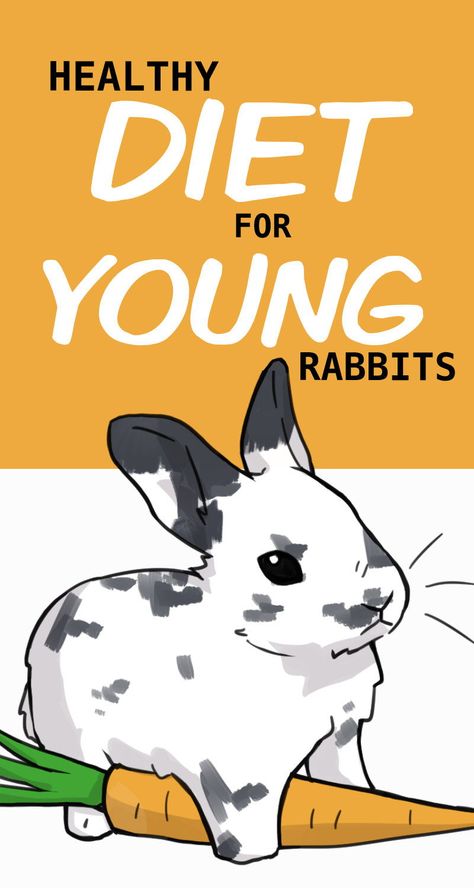 It is necessary to switch to more dense meat dishes when the child has well-developed chewing skills and teeth have erupted.
It is necessary to switch to more dense meat dishes when the child has well-developed chewing skills and teeth have erupted.
The best side dishes for meat dishes are fresh vegetables rich in vitamin C.
Preparation and consistency
Of all the methods of heat treatment of rabbit meat for a children's diet, three are most preferred: baking, stewing and steaming. In order for the child's diet to be varied, it is recommended to alternate them. nine0003
Rabbit recipes for children
Rabbit pilaf
Ingredients:
- Rabbit meat - 1 kg
- Carrot - 2 pieces
- Bulb onion - 2 pcs
- Rice - 1 tbsp.
- Melted butter - 2 tbsp.
- Salt, pepper - to taste
Preparation:
- Wash the meat well, pat dry and cut into small pieces.

- Sprinkle the meat with salt, pepper and fry in baked milk until golden brown.
- Place the fried meat in a saucepan, add water and cook until half of this water has evaporated.
- Finely chop the onion.
- Grate the carrot. nine0009
- Shredded vegetables fry a little and add them to the meat.
- Then add well-washed rice to meat and vegetables and simmer until tender.
Rabbit meatballs
Ingredients:
- Rabbit - 500 g
- Bread - 1 slice
- milk - 100 g
- Vegetable oil - 2 tbsp. nine0009
- Onion - 1 pc.
- Eggplant - 1 pc.
- Bulgarian pepper - 1 pc.
- Tomato - 2-3 pcs.
- Salt, pepper - to taste
Preparation:
- Rinse and dry the meat thoroughly, chop with a meat grinder.
- Bread soaked in milk is also passed through a meat grinder.
 nine0009
nine0009 - Season the minced meat with salt and pepper and mix well.
- Form meatballs from minced meat and fry in a pan with the addition of a small amount of vegetable oil.
- Cut the onion and eggplant into small cubes.
- Pour boiling water over tomatoes, peel and cut into small pieces.
- Fry all the vegetables in vegetable oil separately, and then mix everything. nine0009
- Put half of the mixture of vegetables in a saucepan, place meatballs on top of it and cover with the second half of the mixture.
- Then the dish is put on a small fire and stewed for 30 minutes.
Stuffed rabbit
Ingredients:
- Rabbit carcass - 1 piece
- Fat - 200 g
- Melted lard - 1 tbsp. nine0009
For filling:
- Rabbit shoulder
- Liver
- Kidneys
- Onion - 1 pc.


 0 mcg
0 mcg 